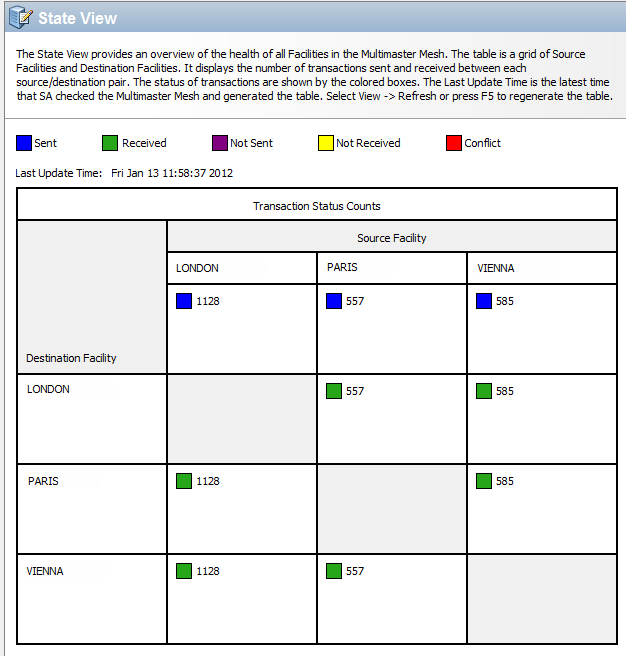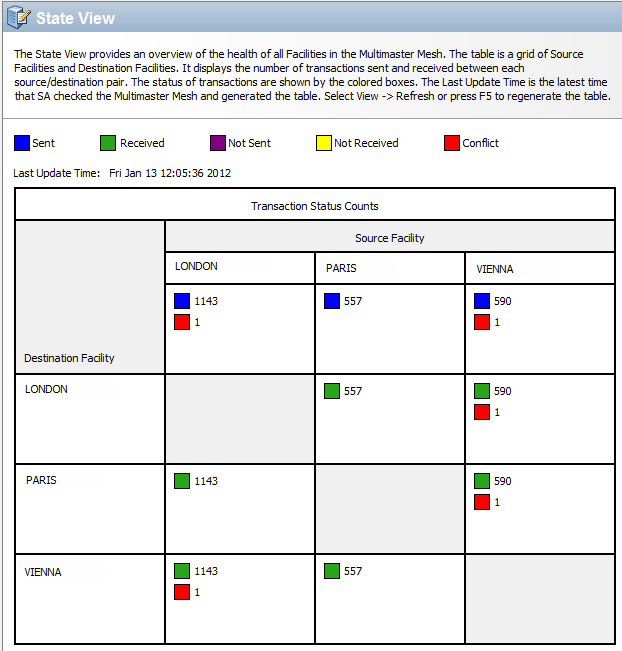Searching the Help
To search for information in the Help, type a word or phrase in the Search box. When you enter a group of words, OR is inferred. You can use Boolean operators to refine your search.
Results returned are case insensitive. However, results ranking takes case into account and assigns higher scores to case matches. Therefore, a search for "cats" followed by a search for "Cats" would return the same number of Help topics, but the order in which the topics are listed would be different.
| Search for | Example | Results |
|---|---|---|
| A single word | cat
|
Topics that contain the word "cat". You will also find its grammatical variations, such as "cats". |
|
A phrase. You can specify that the search results contain a specific phrase. |
"cat food" (quotation marks) |
Topics that contain the literal phrase "cat food" and all its grammatical variations. Without the quotation marks, the query is equivalent to specifying an OR operator, which finds topics with one of the individual words instead of the phrase. |
| Search for | Operator | Example |
|---|---|---|
|
Two or more words in the same topic |
|
|
| Either word in a topic |
|
|
| Topics that do not contain a specific word or phrase |
|
|
| Topics that contain one string and do not contain another | ^ (caret) |
cat ^ mouse
|
| A combination of search types | ( ) parentheses |
|
View the state of the Multimaster Mesh
The Multimaster Tools show you the status of transactions between each pair of facilities in your SA deployment. They also allow you to resolve any conflicts that occur. You can view details about all the transactions between facilities in the Multimaster Mesh as follows:
- In the SA Client, select the Administration tab.
- Under the Multimaster Tools node, select the State View. This displays a table showing all your facilities (each facility corresponds to an SA core) and the state of all transactions between each pair of facilities. The following table shows the meanings of the color codes in the state view.
|
Transaction Color |
Transaction State |
|---|---|
|
Blue |
Sent - Lists the number of transactions successfully sent to other facilities. |
|
Green |
Received - Lists the number of transactions successfully received by the facility. |
|
Purple |
Not Sent - One or more transactions in the facility have not yet been sent to the other facilities in the mesh. |
|
Yellow |
Not Received - One or more transactions sent from another facility have not yet been received by the facility. |
|
Red |
Conflict - One or more conflicts have occurred. |
- To view details about all the conflicting transactions, select the Conflict View in the navigation bar. This displays details about each transaction including the following:
- Transaction—This is a transaction identifier and a link where you can get more detailed information about the conflicting transaction.
- Action—This describes what the transaction consists of; for example, database updates, inserts, and deletes.
- Table—This lists the database table affected by the transaction.
- Count—This lists how many actions were performed on the database elements.
- User—This lists the SA user who performed the action that resulted in the conflict. Contact this person to verify what they were attempting to do so you can accurately resolve the conflict.
- Created Time—This is the date and time when the transaction occurred.
- Source Facility—This is the core from which the transaction was sent.
- Conflicting Facility—These are the cores where the transaction was received and where the conflict was detected.
- To view details about a specific transaction conflict, select the Transaction link. This displays details about the selected transaction.
- Table—This shows the SA database table where the conflict occurred.
- DB Field—This shows all the SA database field names in the database table where the conflict occurred.
- Facility columns—The remaining columns are for each facility in your SA deployment. Each column lists the values in the corresponding facility. Wherever a conflict occurred, the values are shown in red text.
- To resolve conflicts, see Resolve mesh conflicts .
The following figure shows the multimaster mesh state view, with no conflicts. All three cores in the multimaster mesh—London, Paris, and Vienna—are up to date. All changes in all cores have been successfully sent to all other cores.

The following figure shows the mesh state view with no conflicts, but two changes have been made in two cores and are about to be propagated to the other cores. Two changes have been made to the London core and two changes have been made to the Vienna core.
Multimaster Mesh Conflicts, State View—Changes Waiting to be Sent

The following figure shows the mesh state view with two conflicts, in the London core and in the Vienna core. The London core has a conflict with the Vienna core, and the Vienna core has a conflict with both the London and Paris cores. To resolve conflicts, see Resolve mesh conflicts .
Multimaster Mesh Conflicts, State View—Two Conflicts

We welcome your comments!
To open the configured email client on this computer, open an email window.
Otherwise, copy the information below to a web mail client, and send this email to hpe_sa_docs@hpe.com.
Help Topic ID:
Product:
Topic Title:
Feedback:





